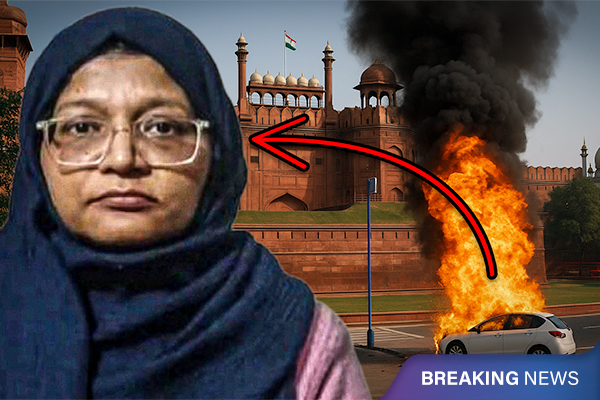New AC Rules in India: AC Can't Go Below 20°C?
India plans to set a new AC rule, allowing temperatures only between 20°C and 28°C, to save electricity and reduce pressure on the power system.
The Indian government is planning to bring a new rule that could change the way millions of people use air conditioners. On 10th June 2025, Union Minister of Housing & Urban Affairs, Manohar Lal Khattar, announced that air conditioners in India will soon be allowed to work only between 20°C and 28°C.
This means you will not be able to set your AC below 20°C, and for ACs that offer heating, you cannot use it above 28°C. This new rule will apply not just in homes, but also in hotels, offices, and even cars.
Minister Khattar said, “This is the first time such a rule is being tried. The aim is to bring uniformity and reduce electricity use. Setting the AC between 20°C and 28°C will help save energy.”
India faces very high temperatures and heatwaves every summer, which increases the use of ACs. Today, over 100 million ACs are running in the country, and 15 million new ACs are being added every year. Many people use ACs at very low temperatures like 16°C or 18°C, especially during summer. But this uses a lot of electricity.
In fact, air conditioners take up around 20% of all the electricity used in India. Just by increasing the AC temperature by 1°C, a person can save about 6% energy. If everyone sets their AC to 24°C instead of 20°C, the country could save up to ?7.5 lakh crore in the long run by avoiding the need for new power plants.
To explain how much electricity is used, officials said that 1 gigawatt = 1 billion watts. A small LED bulb uses about 10 watts, while a nuclear power plant produces around 1 gigawatt, which can power 7–10 lakh homes. India’s total electricity capacity is over 400 gigawatts.
Last summer, India’s electricity use touched 250 gigawatts, and this year it might go over 270 gigawatts. Power Ministry Secretary Pankaj Agarwal said, “ACs alone use 50 gigawatts of power — that’s 20% of the country’s total usage.” He added, “If people increase the AC temperature by just 1°C, we can save 3 gigawatts of electricity during peak hours daily.”
After the announcement, social media exploded with reactions and memes. One video showed police arresting someone with the caption, “Police caught him sleeping with the AC on at 16°C.” Others joked, “Now even my AC is under government control!” and “Wanted: for setting AC at 19°C on a hot afternoon.”
Many people are joking that setting the AC too cold might make them criminals. While some feel the rule is a good way to save power, others say it limits personal comfort.
The government said this is a first-of-its-kind experiment and will monitor how it works. However, they haven’t yet explained how the rule will be implemented or checked.
The Bureau of Energy Efficiency (BEE) says the ideal AC temperature is 24°C for homes and cars, and 24–25°C for offices. Along with this, the government will also spend ?5,400 crore on battery storage to support green energy. In the next three months, they will invite companies to work on this project.
India is not alone in this move. Countries like Italy, Spain, and Japan already have similar rules to reduce power use and save energy.
With rising temperatures and electricity bills, the government is encouraging people to adopt smarter energy habits. Some people support this change, while others want full freedom to choose their AC settings.
What do you think? Is 20°C–28°C enough for Indian summers? Or should people have full control over their ACs?
Comment below and let us know your thoughts.
For more such updates, keep watching ISH News.







